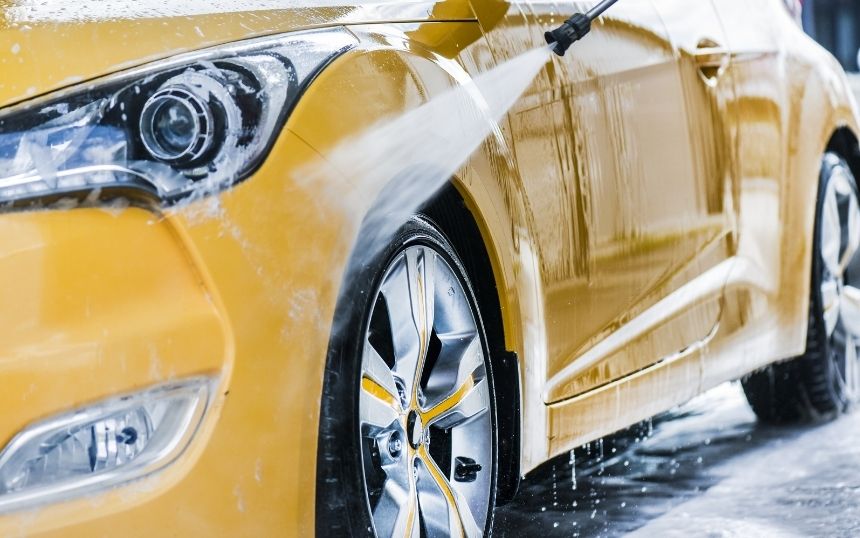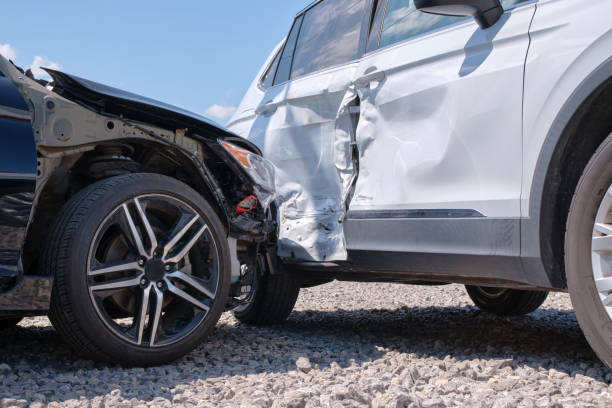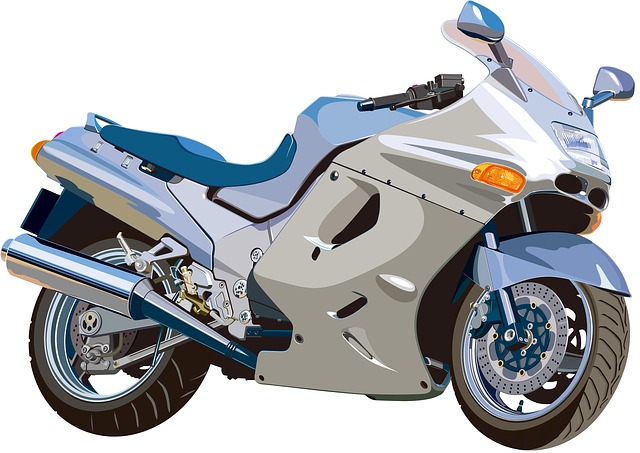Plastic Manufacturing Trends in Automotive Manufacturing

https://www.pexels.com/photo/black-and-white-round-car-air-filter-159293/
Plastics have replaced metals key components of every automobile as the automotive industry progresses. Strong enough to drive cars to be sleeker, lightweight, and more efficient.
Plastics for the automotive industry, on the other hand, have merely touched the surface. Every year, new incremental advancements in molding, pressing, plastics welding, and even equipment like sanding machines, to mention a few, emerge. Plastics experts have also been pushed by evolving automotive designs to find new techniques to shape, texturize, and combine these materials
These are among the most important plastics manufacturing trends in the automobile industry in 2022.
-
Electric Vehicles
Tesla isn't the only company making electric vehicles right now. They can perhaps be one of the first to market high-end electric vehicles on a massive scale, but definitely won't be the last. Long-time leaders notably Porsche and BMW are developing their own superconductive automobiles.
The rapid rise in EV demand has created more opportunities for plastics makers, who are seeking to develop lighter interior and exterior materials for improved performance. Volkswagen's MAN EVs also have a “green,” zero-emissions label, putting pressure on plastics makers to find sustainable, environmentally friendly ways to make their products.
-
3D Printing
While yet in its infancy, 3D printing in vehicle manufacturing has the potential to reduce cycle times. Companies, such as Italian firm XEV and their creation of the LSEV, have begun to test the viability of 3D-printed automobiles. Cars may hypothetically be made on a vast scale with tremendous cost reductions using plastic extrusion printers, and offer artistic texture using vacuum laminating.
However, 3D printing isn't just for little, Starbucks-worthy electric cars. According to a recent survey, automotive 3D printing is gaining traction in the heavy trucking industry. Daimler, for example, uses 3D printing to create dashboards and so many other interior trim elements.
-
Innovation in Plastics Materials
Plastic production aids autos in three ways: by making them lighter, faster, and more versatile with the help of quality auto parts mold.
Engineers produce new compounds year after year to reach this trifecta of success in plastics manufacture. Nouryon's Expancel, for example, is a versatile microsphere plastic with the properties of high strength and low density.
-
Plastic Cars
The increased interest in creating plastic cars is one of the most intriguing perspective trends to follow. The future possibility of plastic automobiles could transform the plastic manufacturing business, in addition to the revenues that plastics manufacturers can gain from electric cars.
The T.25 was designed by the famous Gordon Murray, a well-known designer who had previously directed successful star programs at Mercedes. It is primarily built of plastic and has excellent gas mileage.
Plastics are already widely used in the automotive industry, where the more plastic that can be used in a car, the better the gas mileage.
-
Fuel-efficient & Lightweight Materials
Iron as well as steel alloys, both strong but heavy materials, have traditionally been used to make many car components.
However, advances in manufacturing technology have enabled automakers to replace these metal components with a new set of materials that are substantially lighter and give comparable strength and stiffness, such as aluminum, high-performance plastics, magnesium, carbon fiber, and other composites.
This enables manufacturers to meet consumer needs as well as federal fuel economy rules that are becoming increasingly stringent.
-
Mass Customization
Mass customization is another rising trend in the automotive industry, which is representative of a greater global pattern toward personalization. Today, over two-thirds of consumers feel it's a critical consideration when purchasing a new vehicle.
Additive technologies enable non-luxury manufacturers to deliver cost-effective customizable choices for their vehicles, as well as specialist car makers to produce unique cars in extremely low volumes.
Mini and Ferrari are two big brands that now offer customers to personalize everything including the exterior paneling color to granular elements like LED trim lighting as well as bespoke consoles. Manufacturers can take advantage of the advantages of on-demand fabrication to solve the problems posed by personalization in an efficient and cost-effective manner.
On-demand manufacturing, rather than mass-producing parts like traditional manufacturing methods does carefully optimize production to request through organizational innovation.
-
Versatile Polypropylene
Polypropylene, a versatile polymer, is a popular material that is gaining traction in the automobile industry. It's a plastic that can also be used as a fiber. Its great heat resistance is one of its numerous qualities; it was traditionally used to produce dishwasher-safe food containers because it wouldn't melt below 160oC.
As their functionality as well as side-impact requirements increase, inner door modules offer a good opportunity. Component weight and cost can be reduced by using short glass-reinforced PP materials. Short glass PP-based products have improved to the point where they can now be used in front-end modules.
Conclusion
When considered combined, improvements in 3-D printing technologies and the possibility of plastic cars continue to change the automotive plastics business. The automotive industry continues to rely on high-quality, dependable plastic assembly.
In the end, these developments represent general consumer desire in slightly elevated, efficient, renewable, and tailored-to-their-specific-needs products. Those car manufacturers who are able to utilize new technology breakthroughs to more efficiently and effectively meet the expectations of their customers will be the most successful in the coming years.
Smart technology, mechanization, electrification, and personalization are all themes that will continue to affect the future of the automotive industry.
Some leaders in plastic assembly technologies continue to grow and adapt our technology in order to provide superior technology, tooling, and consultancy. Let's wait and see what the future holds!




